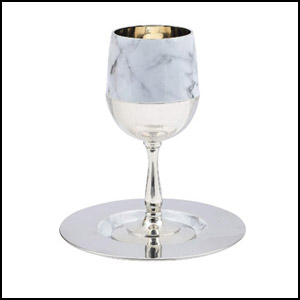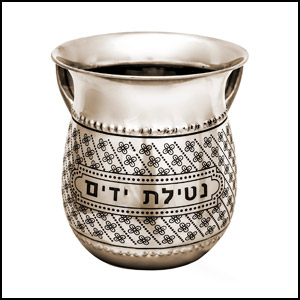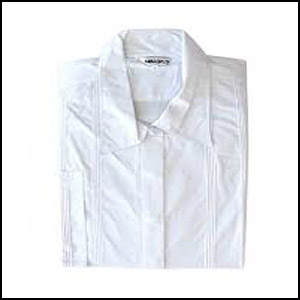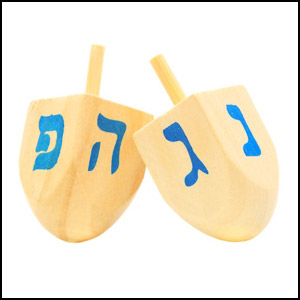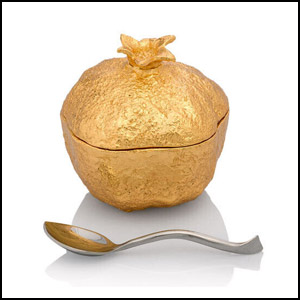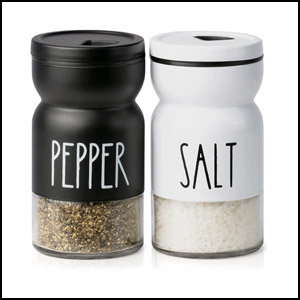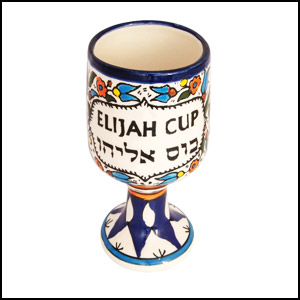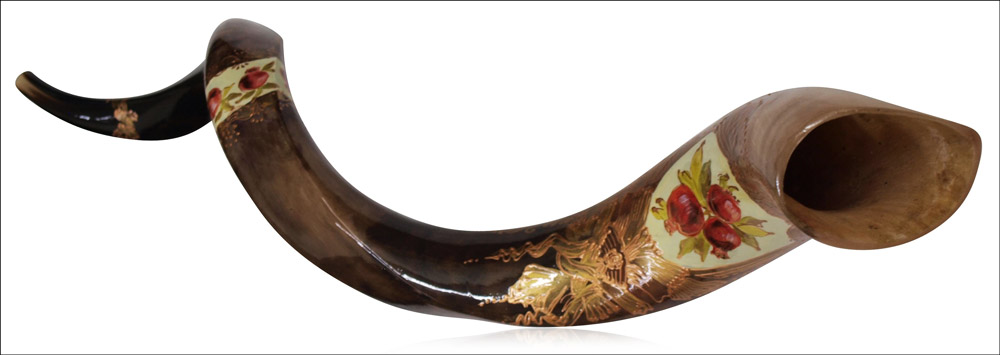
Contents
- 1 📯 Uncover the Mystique of the Shofar
- 2 What is a Jewish Shofar
- 3 Our Top 5 Best Jewish Shofars
- 3.1 1# Shofarot Israel Kosher Yemenite Kudo Kudu Shofar
- 3.2 2# Holy Voice Sterling Silver Plated Shofar Horn from Israel
- 3.3 3# HOLY VOICE Full Polished Handcrafted Kosher Kudu Yemeni Shofar
- 3.4 4# Shofarot Israel Kosher Yemenite Kudo kudu Shofar Jumbo
- 3.5 5# Holylandmarket Shofars XL Jumbo Yemenite Shofar Jewish
- 4 Types of Shofars
- 5 Historical Roots: From Biblical Echoes to Today 📜
- 6 Shofar in Contemporary Jewish Practice 🕍
- 7 Conclusion: The Eternal Resonance 🌌
- 8 Learn to Play the Shofar: Getting Started & The Basics 🎶
📯 Uncover the Mystique of the Shofar
Why is it Essential? 🌟
- ✅ Spiritual Connection: Used during significant Jewish High Holy Days like Rosh Hashanah and Yom Kippur, it’s a call to reflection and repentance.
- ✅ Cultural Heritage: Embracing a shofar is embracing centuries of Jewish history and tradition.
- ✅ Unique Sound: Its haunting, resonant sound is not just heard; it’s felt deep within, stirring the soul.
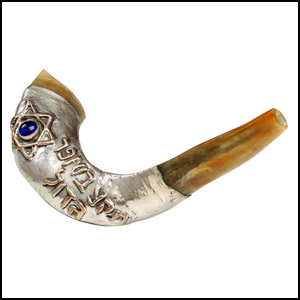
Why Own a Shofar? 🛒
- ☑️ Personal Reflection: Owning a shofar allows for personal spiritual practice and connection to your roots.
- ☑️ Cultural Education: It’s a fantastic tool for educating others about Jewish culture and traditions.
- ☑️ Artistic Piece: Each shofar is a work of art, unique in shape, color, and sound.
Embrace tradition, spirituality, and history with your very own shofar. 🎶
What is a Jewish Shofar
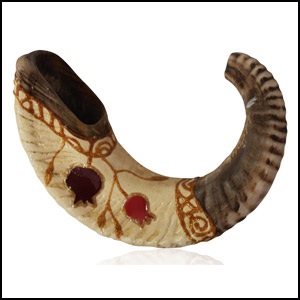
A shofar is a traditional musical horn typically made from a ram’s horn, used in Jewish religious practices. It is one of the oldest known musical instruments in the world. The shofar is most prominently used during Jewish High Holy Days, specifically on Rosh Hashanah (the Jewish New Year) and at the conclusion of Yom Kippur (the Day of Atonement).
The shofar produces a piercing, resonant sound, and its playing involves a sequence of blasts, including “tekiah” (one long blast), “shevarim” (three short wail-like blasts), and “teruah” (nine staccato blasts). The sound of the shofar is intended to inspire awe and spiritual reflection. It serves as a call to repentance and a reminder of the Jewish people’s historical and religious experiences.
The making of a shofar follows specific religious guidelines and traditions. Only kosher animal horns, typically from a ram but also from other animals like goats, are used, excluding cattle horns to differentiate from the Golden Calf incident in the Bible. The horn is hollowed out, shaped, and polished to create the instrument, with its crafting being considered a sacred art.
Our Top 5 Best Jewish Shofars
Through its simplicity and power, the shofar continues to be a beacon of tradition, calling to the hearts of the faithful, resonating with messages of hope, reflection, and renewal.
1# Shofarot Israel Kosher Yemenite Kudo Kudu Shofar
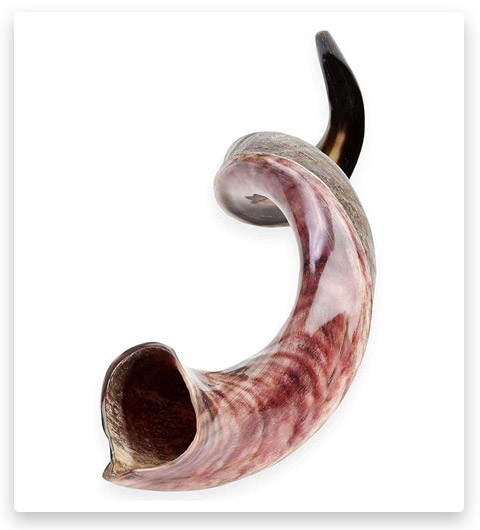
This authentic Yemenite Kudu Shofar from Shofarot Israel is a magnificent instrument, both in appearance and sound. Crafted from a Kudu antelope’s horn, this shofar is notable for its impressive size, unique spiral shape, and natural, polished finish. Key Features:
- Kosher Certification: Ensures adherence to traditional Jewish laws and practices in its preparation.
- Size Variations: Available in different lengths, accommodating personal preferences and uses.
- Rich Sound Quality: Produces a deep, resonant sound characteristic of Yemenite shofars.
- Artisan Craftsmanship: Each shofar is handcrafted, making it a unique piece of art.
- Natural Finish: The shofar retains its organic texture and color, highlighting its natural beauty.
- Ideal for Ceremonial Use: Perfect for Jewish religious ceremonies, including Rosh Hashanah and Yom Kippur.
2# Holy Voice Sterling Silver Plated Shofar Horn from Israel

The Holy Voice Shofar is an exquisite, sterling silver-plated horn, masterfully crafted in Israel. This shofar blends traditional Jewish heritage with elegant craftsmanship, making it a remarkable item for both use and display. Key Features:
- Sterling Silver Plating: The shofar is adorned with a high-quality sterling silver plating, adding a touch of elegance and luxury.
- Authentic Horn: Made from an authentic horn, ensuring the traditional sound and feel of a genuine shofar.
- Israeli Craftsmanship: Skillfully created by Israeli artisans, reflecting a deep connection to the land and its traditions.
- Decorative Elements: Features intricate designs and motifs, enhancing its visual appeal.
- Ideal Size: Comfortable to hold and use, suitable for ceremonial purposes or as a unique home decor item.
- Cultural and Religious Significance: Perfect for Jewish rituals, including holidays and celebrations, or as a meaningful gift representing Israel’s heritage.
3# HOLY VOICE Full Polished Handcrafted Kosher Kudu Yemeni Shofar

The HOLY VOICE Yemeni Shofar is a beautifully handcrafted, full-polished horn from the Kudu, a species native to Yemen. Meticulously made to uphold Jewish traditions, this shofar is as spiritually significant as it is aesthetically pleasing. Key Features:
- Kosher Certification: Ensures strict adherence to religious standards, making it suitable for use in Jewish rituals and ceremonies.
- Full Polished Finish: The shofar boasts a sleek, glossy appearance, highlighting the natural beauty and color variations of the Kudu horn.
- Handcrafted Excellence: Each shofar is individually crafted by skilled artisans, ensuring a unique and high-quality instrument.
- Rich, Resonant Sound: Known for its deep and melodious sound, ideal for religious occasions like Rosh Hashanah and Yom Kippur.
- Sizable Length: The impressive size of the Yemeni shofar makes it a standout piece for both ceremonial use and as a display item.
- Cultural Heritage: Represents a rich blend of Jewish and Yemeni heritage, perfect for collectors and enthusiasts of Judaica.
4# Shofarot Israel Kosher Yemenite Kudo kudu Shofar Jumbo
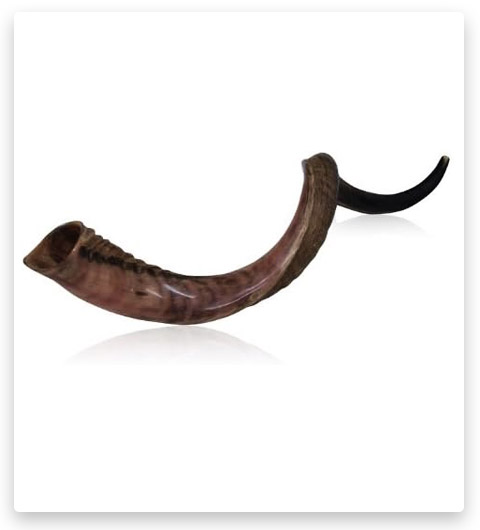
This Jumbo Yemenite Kudu Shofar from Shofarot Israel is a magnificent example of traditional craftsmanship and religious heritage. Made from the horn of the Kudu antelope, it is notable for its grand size and distinctive spiral shape. Key Features:
- Kosher Certified: Ensures the shofar meets strict religious standards, making it ideal for use in Jewish rituals.
- Jumbo Size: Its impressive size makes it a standout piece, both for its visual impact and the deep, resonant sound it produces.
- High-Quality Craftsmanship: Expertly handcrafted in Israel, each shofar is a unique work of art with attention to detail.
- Natural Beauty: The shofar showcases the raw, natural beauty of the Kudu horn, enhanced by skilled polishing to highlight its colors and textures.
- Authentic Sound: Provides an authentic ceremonial experience with its rich tonal qualities, perfect for religious observances.
- Cultural Significance: A symbol of Jewish tradition and spirituality, it connects the user to the heritage and practices of the Jewish faith.
5# Holylandmarket Shofars XL Jumbo Yemenite Shofar Jewish
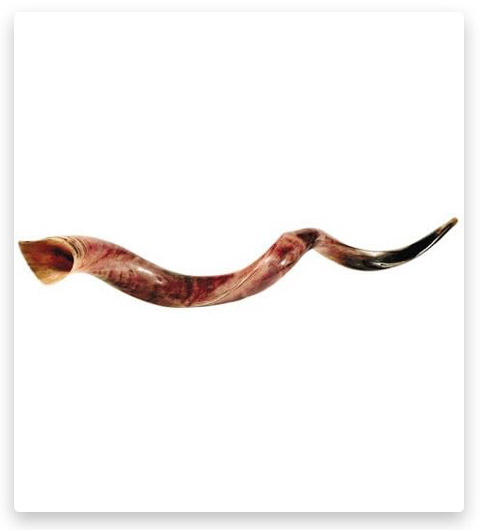
The Holylandmarket XL Jumbo Yemenite Shofar is a majestic and authentic piece, reflecting the deep spiritual and cultural traditions of Jewish heritage. Crafted from the horn of the Yemenite Kudu, this shofar stands out for its considerable size and stunning natural appearance. Key Features:
- Extra Large Size: The jumbo size of this shofar ensures a commanding presence, whether used in religious ceremonies or as a display piece.
- Authentic Yemenite Kudu Horn: Made from genuine Kudu horn, known for its beautiful natural textures and durability.
- Rich Acoustic Quality: Produces a deep, resonant sound that is ideal for traditional Jewish ceremonies, especially during Rosh Hashanah and Yom Kippur.
- Expert Craftsmanship: Skilfully crafted by artisans, ensuring a high-quality instrument that is both functional and aesthetically pleasing.
- Natural Finish: The shofar retains its organic look, showcasing the unique characteristics of the Kudu horn.
- Cultural and Religious Symbol: Embodies the essence of Jewish tradition and spirituality, making it a valuable item for practitioners and collectors alike.
Types of Shofars
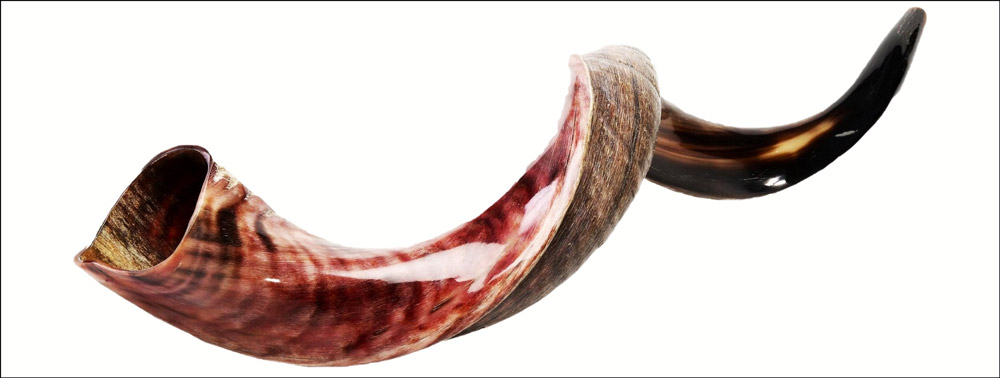
There are several types of shofars, each with its own unique characteristics and significance. The differences are primarily based on the animal from which the horn is taken and the horn’s size and shape. Here are some common types:
| Type of Shofar | Description |
|---|---|
| Ram’s Horn Shofar | The most traditional type, made from a ram’s horn. It is connected to the story of the binding of Isaac in the Bible. |
| Yemenite Shofar (Kudu) | Made from the horn of the Kudu, a large African antelope. These are longer than ram’s horn shofars, with a spiral shape and deep, resonant sound. |
| Moroccan Shofar | Often made from a ram’s horn, but shorter and with a different curve compared to the traditional ram’s horn shofar. Known for its distinct sound, used in Moroccan communities. |
| Chofar Gadol | A larger version of the traditional shofar, providing a deeper and more resonant sound, often used in synagogues. |
| Polished and Unpolished Shofars | Shofars can be left in their natural state (unpolished) or be polished to a shine, affecting only the aesthetic appeal. |
| Decorated Shofars | Embellished with artistic designs, engravings, or silver plating, often used for display and popular as Judaica art. |
Each type of shofar has its own unique qualities and is chosen based on personal, communal, or liturgical preferences. The choice can reflect one’s cultural background, aesthetic taste, or spiritual inclination.
Historical Roots: From Biblical Echoes to Today 📜
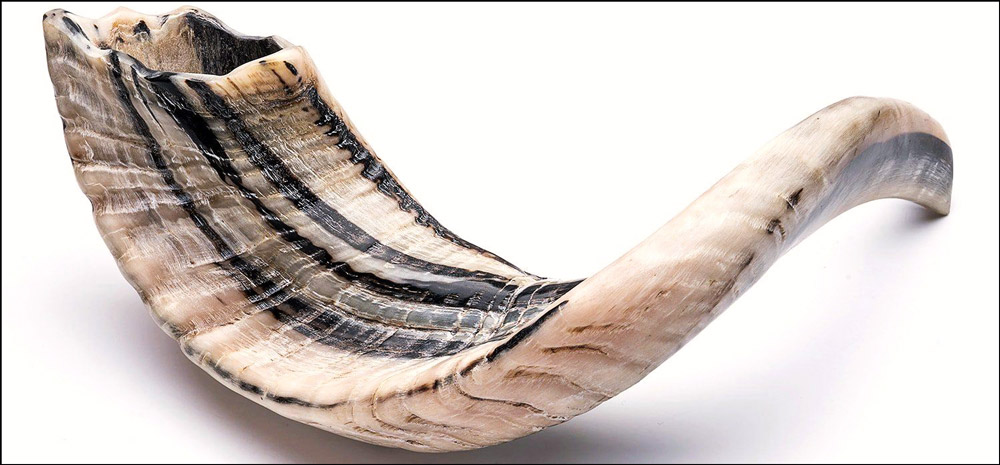
The shofar’s story begins in the mists of ancient history, deeply entwined with biblical narratives. Its first mention is found in the story of Abraham and Isaac, where a ram’s horn symbolized divine intervention and mercy. This powerful imagery has cemented the shofar’s role in Jewish culture, transforming it from a simple horn into a symbol of faith and obedience to God.
Over the centuries, the shofar has resonated through significant moments in Jewish history. It was sounded at Mount Sinai when the Torah was given to the Israelites, and its blasts marked the fall of the walls of Jericho. Through these events, the shofar emerged not just as a ritual object, but as a herald of pivotal moments, both spiritual and historical.
Materials and Making: Nature’s Instrument 🐏
The journey of a shofar begins with a raw, curved horn, primarily from a ram. This choice is not just a matter of tradition but also a nod to the shofar’s biblical roots. The horns are carefully selected, ensuring they are not only kosher but also have the right curvature and length to produce the desired sound.
Once selected, the transformation from a simple horn to a shofar is a delicate process. The horn is first hollowed out, removing the core to create a clear pathway for sound. This stage is crucial; any imperfection can alter the shofar’s tone. The wider end is then shaped to form a mouthpiece, requiring precision to achieve the right pitch and resonance.
Artisan’s Touch: Sculpting Sound and Beauty ✨
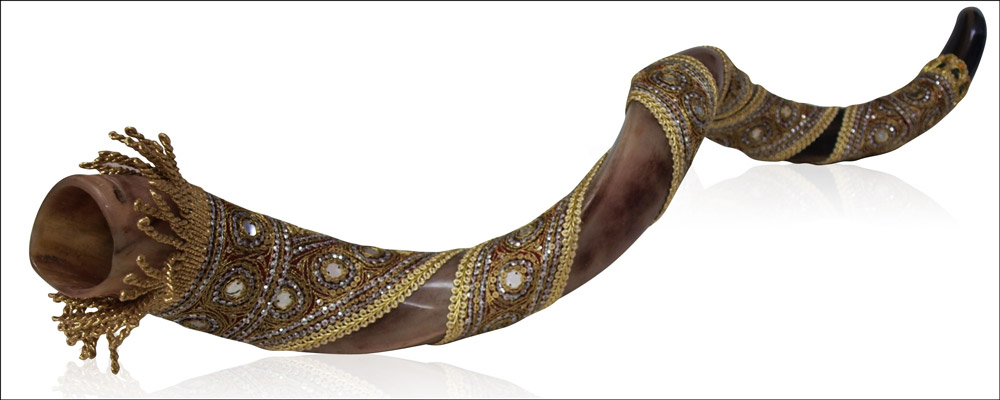
Shofar making is an art form, passed down through generations. After hollowing, the horn is heated and molded, a process that requires a skilled hand to prevent cracking or warping, which could compromise the sound.
Polishing is the next step, where the shofar’s true beauty comes to life. Artisans may leave it natural, showcasing its raw, organic form, or polish it to a smooth, glossy finish, highlighting its unique colors and textures. Some artisans take this further by adding intricate carvings or embellishments, turning each shofar into a unique piece of art.
Ceremonial Significance: Echoes of High Holy Days 🌬️
The shofar finds its most profound expression during the Jewish High Holy Days of Rosh Hashanah and Yom Kippur. On Rosh Hashanah, the Jewish New Year, the shofar’s blast is a spiritual alarm clock, awakening souls to reflection and renewal. It serves as a call to repentance, a reminder of the fragility of life, and an invitation to return to God.
Yom Kippur, the Day of Atonement, sees the shofar in a climactic role during the Ne’ilah service, marking the closing of the gates of prayer. Its final blast signifies the sealing of the Book of Life, a moment of profound introspection and hope for forgiveness.
Symbolism in Sound: The Language of the Shofar 🎶
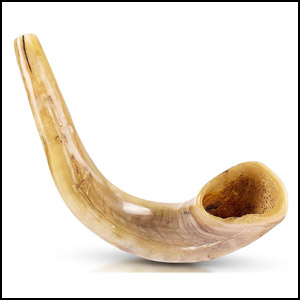
The shofar’s blasts are not random; each sequence carries specific meanings:
- Tekiah: A single, sustained note, symbolizing the sovereignty of God and a call to attention.
- Shevarim: A series of three short wails, mimicking sobbing, representing the broken-heartedness and contrition required for repentance.
- Teruah: A rapid series of nine staccato notes, resembling an alarm, it calls for urgent self-examination.
- Tekiah Gedolah: A long, unbroken blast held as long as possible, signifying hope, redemption, and the continuity of the Jewish people.
Each note, each pause, speaks to the community, echoing ancient traditions and modern reflections, making the shofar not just an instrument of sound, but of profound spiritual messaging.
Shofar in Contemporary Jewish Practice 🕍
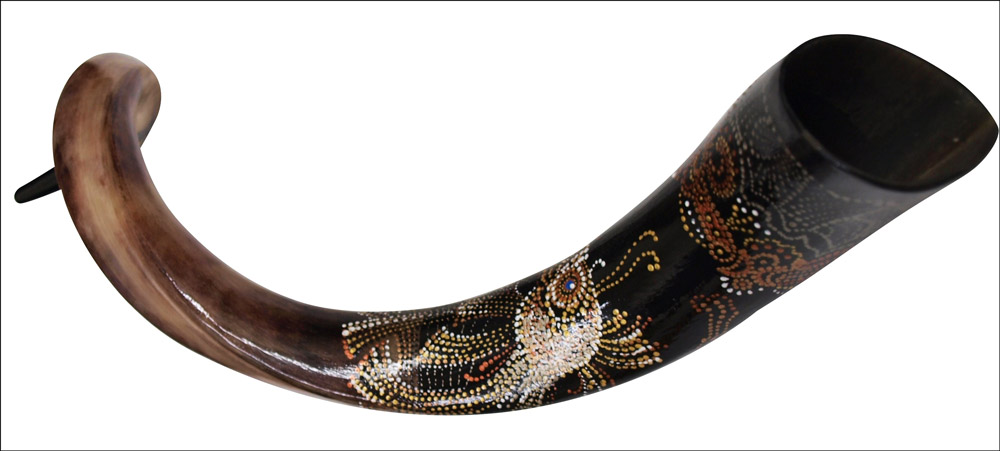
In today’s world, the shofar maintains its revered place in Jewish life. It continues to be a central feature in Rosh Hashanah and Yom Kippur services, echoing ancient calls to worship and reflection. Modern Jewish communities also use the shofar in educational settings, teaching younger generations about their heritage and the importance of these rituals.
Moreover, the shofar has evolved to take on new forms of expression. In some communities, it’s used in celebrations and commemorations, linking past traditions with present experiences. It also plays a role in modern artistic expressions, featured in music and visual arts, symbolizing the blend of tradition with contemporary culture.
Global Influence: Beyond Borders and Beliefs 🌍
The shofar’s influence extends beyond Jewish communities, resonating with people of various cultures and beliefs. Its distinct sound has been incorporated into diverse musical genres, creating a bridge between different artistic and spiritual worlds.
Moreover, the shofar has been adopted by various interfaith initiatives as a symbol of peace and unity. Its sound, transcending language and culture, is often used in ceremonies that aim to bring different communities together, promoting mutual understanding and respect.
Conclusion: The Eternal Resonance 🌌
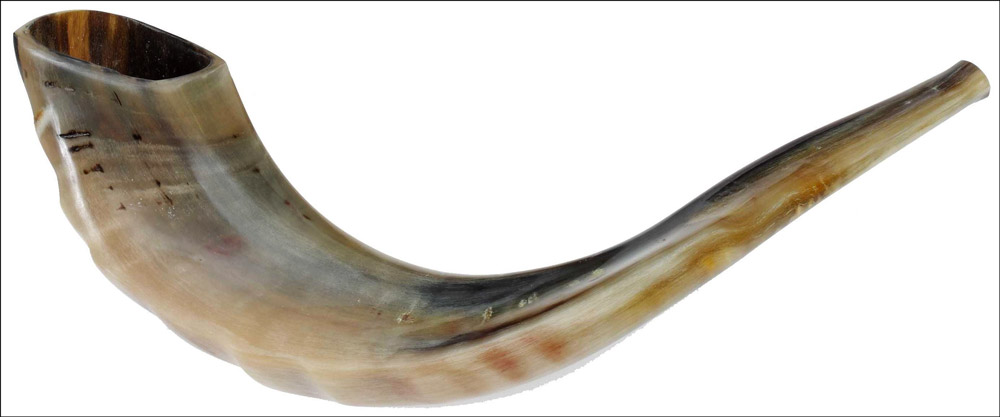
The shofar, with its deep roots in history and tradition, stands as a testament to the enduring strength and adaptability of Jewish culture. From its biblical origins to its central role in modern High Holy Day observances, the shofar has maintained its significance as a powerful symbol of faith, repentance, and renewal.
Its sounds, unchanged over millennia, continue to echo the sentiments of generations past and present, creating a bridge that spans the expanse of time.
The shofar’s call, primal yet profound, resonates within modern hearts, inviting introspection and awakening a sense of shared humanity and heritage.
Learn to Play the Shofar: Getting Started & The Basics 🎶
Learning to play the shofar is a journey that combines cultural tradition with musical skill. Here are some foundational steps:
- Choosing Your Shofar: Select a shofar that feels comfortable to hold and has a mouthpiece size suitable for your lips.
- Proper Holding Technique: Hold the shofar lightly at its natural curve, ensuring that your hand doesn’t block the sound.
- Mouth Placement and Breathing: Place your lips on the mouthpiece as you would on a brass instrument. Use diaphragmatic breathing for better control.
Making Your First Sound 🎵
- Lip Vibration: Start by practicing a buzzing sound with your lips, similar to playing a trumpet.
- First Blasts: Apply the buzzing technique to the shofar. Don’t be discouraged if the first few tries are silent – persistence is key.
- Consistent Practice: Regular practice is essential. Begin with short sessions to build up lip strength without strain.
Tips for Improvement 🚀
- Listen and Learn: Listen to recordings of skilled shofar players to understand the different sounds and rhythms.
- Stay Relaxed: Tension in your body, especially in your facial muscles, can hinder sound production.
- Patience and Perseverance: Mastering the shofar takes time. Be patient with your progress and enjoy the learning process.
Health and Maintenance 🛠️
- Hygiene: Regularly clean the shofar with mild soap and water, ensuring it’s completely dry before storing.
- Storage: Keep your shofar in a dry place to prevent damage.
Playing the shofar is not just about mastering an instrument; it’s about connecting with a rich cultural heritage. As you learn, you’re not only creating music but also becoming a part of a centuries-old tradition.

